
Nikki McClure
Location: Olympia, WA.
How would you describe your art: I make papercuts.
Currently working on: Awake to Nap- an alphabet of sorts; Wake up Baby, next year's calendar, baking biscuits, and my baby's crawling skills
Day job: art/baby/food
3 Likes: spring/baby smiles/oysters
3 Dislikes: grumpy people/capitalists/smoke
Daily Inspirations: wind/birds/water/friends
People you admire: smart people
Superpower you would most like to possess: flying
http://www.buyolympia.com/
Location: Olympia, WA.
How would you describe your art: I make papercuts.
Currently working on: Awake to Nap- an alphabet of sorts; Wake up Baby, next year's calendar, baking biscuits, and my baby's crawling skills
Day job: art/baby/food
3 Likes: spring/baby smiles/oysters
3 Dislikes: grumpy people/capitalists/smoke
Daily Inspirations: wind/birds/water/friends
People you admire: smart people
Superpower you would most like to possess: flying
http://www.buyolympia.com/
- - -
This interview took place with Nikki mid February 2005. All images reproduced with permission © Nikki McClure
- - -
Hi Nikki, how are you, what are you up to right now?
I am having a happy day. This spring is full of sunny days and we took a bike ride to the water this afternoon. My 6 month old baby was in a trailer, watching the world whiz by singing to himself. We got to the beach and he watched the waves and sailboats. Then home again, where I finished a picture of him in a dinghy. I am making pictures for a show in LA. I alternate between pictures of the baby and pictures about work/rest. I am supposed to be taking a sabbatical, but I am getting ready for a show. I am trying my best to let my field be fallow, but making pictures is too much a part of my day to shut it out entirely.
You use an x-acto knife to cut designs into paper to create your art pieces. How were you introduced to this technique, and how did you acquire the skills?
I just did it one day. I wanted a good black/white contrast and had been doing scratchboard for a while. I was getting too lost in the details and wanted to simplify the image. My friend, Tae Won Yu suggested that I try cutting paper. So with knife in hand I tried drawing on paper. Many mistakes later I am getting the hang of it. I say mistakes with love- I like using a knife because of the mistakes. I have to live with them, or start all over. I usually live with them.
Are your artistic techniques made as a response to an interest in alternate cultures, and their unique art forms?
Probably. It's cheap. It's self-taught. It's graphic-friendly and easy to reproduce.
You have a history of illustrating album covers and music posters. How has this connection to music and music scenes come about?
My friends ask me and I have friends that like to sing/strum/bang things.
You are well known for the series of calendars that you illustrate and publish every year. What is it about the medium of calendars that inspires you to work in this way?
I like working in a series, looking at things in relation to season. I also like that it is populist. People hang it up in their kitchens and it changes every month. I also like that people give it as gifts. It is an honour to be part of a giving world.
The 2005 calendar, Wishes & Dreams, features imagery and slogans such as, Embark; Find it for free; Defend civility; Trust; Realise true riches.
How do particular themes and imagery (such as these) find their way into your work?
It's basically my life, my opinion on how everyone should live. I try to not sound to didactic though. The pictures are me or my friends doing real things. The calendar is actually extremely personal. It is interesting that there is common memory/emotion in the pictures.
With such slogans appearing in your work (as above) that are quite straightforwardly talking to your audience in a positive-thinking way, do you see yourself, and your art as optimistic about the current climate? Especially seen as some of your work has been dubbed ‘a toolkit for humanity’.
I am an optimist, but only because I view our current environment so bleakly. This world is extremely messed up. The toxic load that each generation is passing to the next is harder and harder to ignore. I sometimes think I am too easy on my audience. But we also need images of hope to find a way to health. Nature will prevail.
You have been known to raise and address both ‘Political’ and ‘political’ issues in your art, whether it be through your ‘vote, vote, vote’ art pieces or your ‘examine the food chain’ piece.
How do you view the relationship between (your) art and P/p-olitics?
I just make pictures, despite my ranting ways.
How important is this relationship to you?
I go back and forth between wanting to make art for the fun of it, and then also making art fully aware that so many people are looking at in their kitchens and that I in some small way influence them: what message do I want to tell these people?
A collection of your posters for sale is dubbed ‘The revolution, word by word’. What do you mean by this? And how is your art reflected in this statement?
I don't write the copy. I just write the words. I wish revolution could be so easy.
Children, babies and themes of pregnancy have featured heavily in your work at certain times. Is this as a consequence of your own personal life? Do you find your own life and circumstances easy to reflect upon on in your work, and as inspirations for some of your pieces?
Umm, yes. That is all there is. My life is my work, not just inspirational or reflective.
Whether it be the colours, or the techniques you use, I find something very peaceful about your art. Is such serenity a conscious aim when you illustrate?
I am pretty serene. The original art is usually just black and white. Colour is only added for printing, mostly because I am a printing nerd and covet my friend's Pantone book.
What, for you, are the most enjoyable aspects of creating art? And what gives you the most satisfaction?
The way it makes my brain feel, the meditation, the problem solving, the moment of making, sweeping the floor when it is all done and I am ready to start a new picture.
I recently read a quote from Mark Andersen in his book, ‘All The Power’ that stated:
‘Real emotion [is] hard to find amidst the cookie-cutter commodification/ mechanization of life, including art’
There is however, true emotion conveyed in your pieces, and through some of the characters/scenes depicted. How important to you is conveying emotion in, and perhaps through, your art?
Very important. I want you to feel enough to make up your own story.
Do the techniques you use (i.e. hand made, individually hand crafted, not mechanised techniques), and the distribution of your art (i.e. supplying through Buy Olympia, a small-scale, personal, DIY distributor), allow you the space and the freedoms to explore more realistic life and emotion in your art, away from such ‘cookie-cutter’ industries that are conventionally associated with the art industry?
It probably does. I just do what I do.
What initially led you to become involved with BuyOlympia, as I believe their first ever product was your 2000 calendar, so you’ve been with them from the start?
I live in a very small town. Pat, from buyolympia was the only person with the skills and equipment to scan my art. He still builds the calendar for me. I am a bit of a Luddite, preferring to spend my time outside and my brain cells kept free to learn bird names rather than computer skill.
I read, in the comic anthology ‘Scheherazade’ that you did the cover-art for, that you were quite recently commissioned by the City of Seattle to design art for the entryway in a new community centre building.
Could you tell me more about this commissioned project, and what your involvement in it means to you.
It's the monkey on my back. It wakes me up with dread. I don't know what I was thinking.
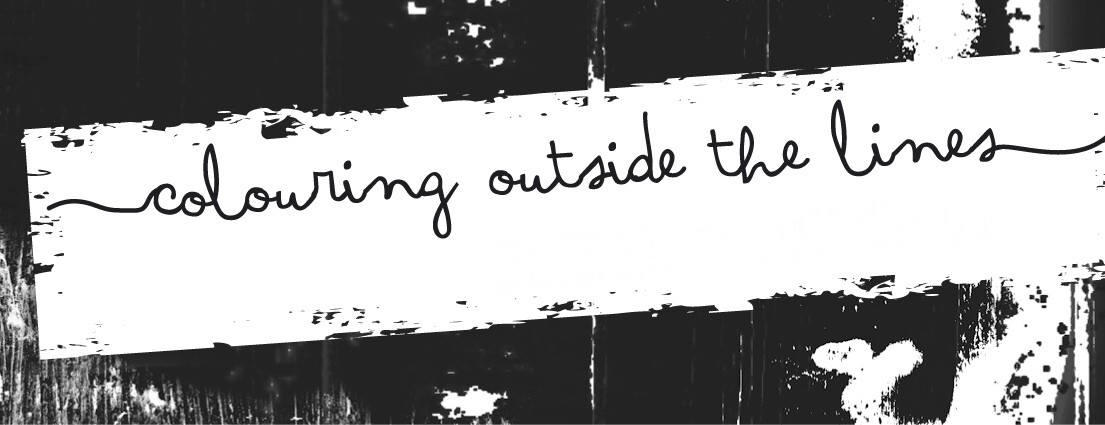





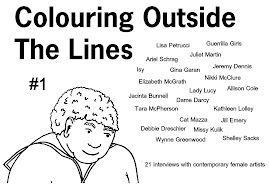
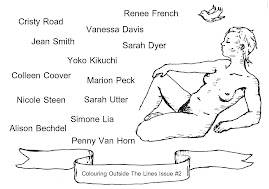

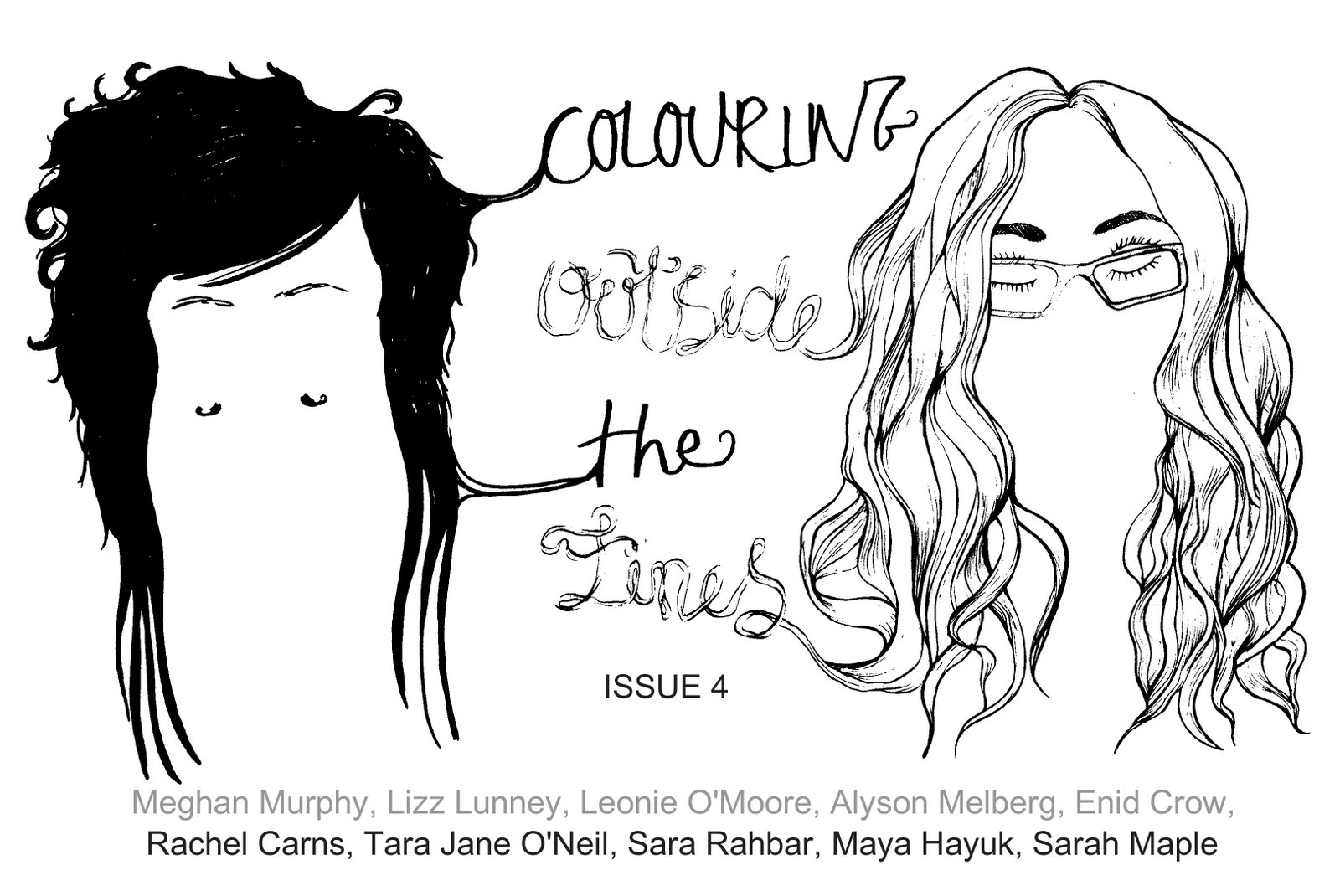

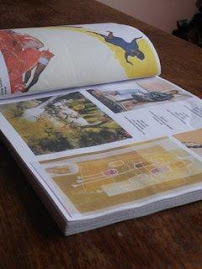



No comments:
Post a Comment